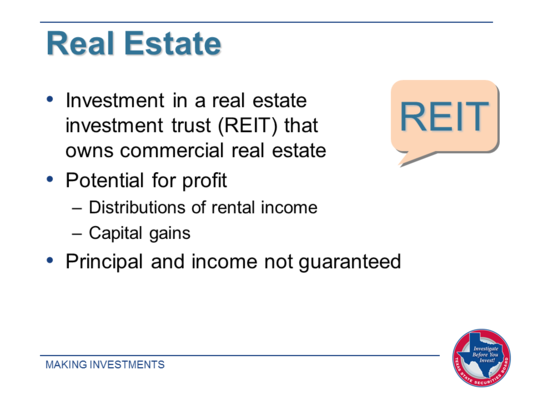6 Investment Fees To Ask About Before You Invest
Post on: 23 Май, 2015 No Comment

Always Ask for Details On Investment Fees
Learn how to control costs by understanding these 6 investment fees. PM Images/Iconics/Getty Images
Before you invest, take the time to understand all the investment fees associated with your investment.
Remember, any worthwhile investment advisor should be willing to explain, in plain English, all investment fees that will be paid.
When inquiring about investment fees. if someone says, “My company pays me,” get more details. You have a right to know what you are paying, and how someone is being compensated for recommending an investment to you.
Before investing, ask for details on these six types of investment fees:
1. Expense Ratio or Internal Expenses
It costs money to put together a mutual fund. To pay these costs, mutual funds charge operating expenses. The total cost of the fund is expressed as an expense ratio.
- A fund with an expense ratio of .90%, means that for every $1,000 invested, approximately $9 per year will go toward operating expenses.
- A fund with an expense ratio of 1.60% means that for every $1,000 invested, approximately $16 per year will go toward operating expenses.
The expense ratio is not deducted from your account, rather the investment return you receive is already net of the fees.
Example: Think about a mutual fund like a big batch of cookie dough; operating expenses get pinched out of the dough each year. The remaining dough is divided in to cookies, or shares. The value of each share is slightly less because the fees were already taken out.
2. Investment Management Fees or Investment Advisory Fees
Investment management fees are charged as a percentage of the total assets managed. These types of fees can often be at least partially paid with pretax or tax deductible dollars .
Example: An investment advisor who charges 1% means that for every $100,000 invested, you will pay $1,000 per year in advisory fees. This fee is most commonly debited from your account each quarter; in this example it would be $250 per quarter.
3. Transaction Fee

Many brokerage accounts charge a transaction fee each time an order to buy or sell a mutual fund or stock is placed. These fees can range from $9.95 per trade to over $50 per trade.
If you are investing small amounts of money, these fees add up quickly.
Example: A $50 transaction fee on a $5,000 investment is 1%. A $50 transaction on $50,000 is only .10%, which is very minimal.
4. Front End Load
A share mutual funds charge a front end load, or commission, in addition to the ongoing operating expenses.
Example: If you were to buy a fund that has a front end load of 5%, it works like this: You buy shares at $10.00 per share, but the very next day your shares are only worth $9.50, because .50 cents per share was charged as a front end load.
5. Back End Load or Surrender Charge
B share mutual funds charge a back end load, or surrender charge, in addition to the ongoing operating expenses.
A back end load, or fee, is charged at the time you sell your fund. This fee usually decreases for each successive year you own the fund.
Example: The fund may charge you a 5% back end load if you sell it in year one, a 4% fee if sold in year two, a 3% fee if sold in year three, and so on.
6. Annual Account Fee or Custodian Fee
Brokerage accounts and mutual funds accounts may charge an annual account fee, which can range from $25 — $90 per year.
In the case of retirement accounts such as IRA’s, there is usually an annual custodian fee, which covers the IRS reporting that is required on these types of accounts. This fee typically ranges from $10 — $50 per year.














